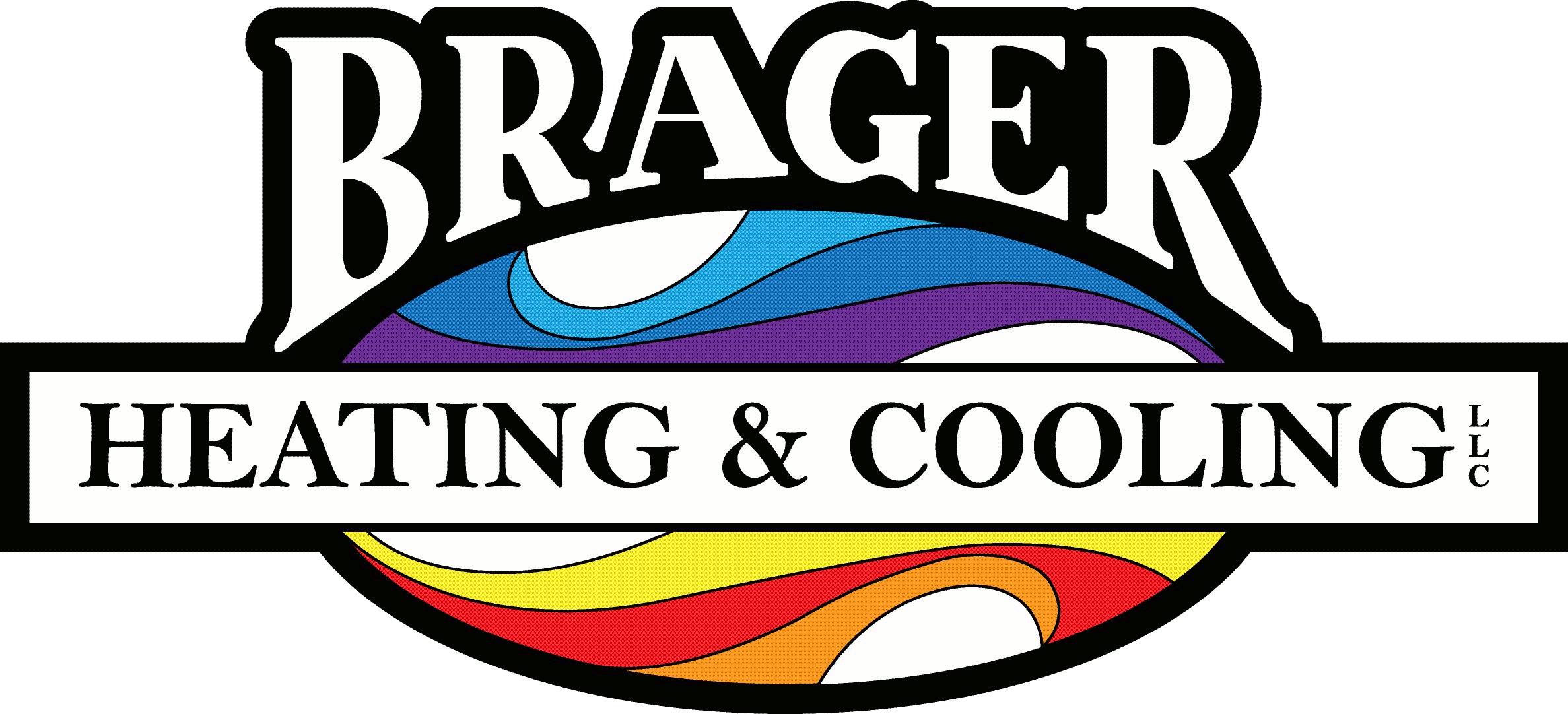
When the weather begins to cool off, you might be thinking about how you’ll take full advantage of your heating and cooling. After all, HVAC bills frequently add up to a big piece of your monthly electric bill. To figure out new ways to lower their HVAC bill, some people look closer at their thermostat. Is there a setting they could use to improve efficiency?
The bulk of thermostats have a ‘Fan’ or ‘Fan On’ setting. But if the fan is running during a regular cycle, what will the fan setting offer for an HVAC system? This guide will help. We’ll review what exactly the fan setting is and whether you can use it to reduce costs over the summer or winter.
Should I Use My Thermostat's Fan Setting?
For the bulk of thermostats, the fan setting signifies that the HVAC blower fan remains on. A few furnaces can generate heat at a low level with this setting, but in general heating or cooling isn’t being made. The ‘Auto’ setting, conversely, will turn on the fan during a heating or cooling cycle and shut it off after the cycle is finished.
There are pros and cons to trying the fan setting on your thermostat, and whether you do or don’t {will|can|should]] depend on your unique comfort needs.
Advantages to using the Fan/On setting:
- You can keep the temperature throughout your home more balanced by enabling the fan to keep generating airflow.
- Indoor air quality should improve because steady airflow will keep passing airborne contaminants into the air filter.
- Fewer start-stop cycles for the HVAC fan helps extend its life span. As the air handler is usually a component of the furnace, this means you can prevent the need for furnace repair.
Downsides to utilizing the Fan/On setting:
- A continuous fan will likely raise your energy bills somewhat.
- Nonstop airflow could clog your air filter up more quickly, increasing the frequency you should replace it.
{Choosing Between|Should My Thermostat Be on|Which Setting for My Thermostat? Fan or Auto in Summer/Winter
Through the summer, warm air can stick around in unfinished spaces such as the attic or an attached garage. If you keep the fan running, your HVAC system might draw this warm air into the rest of your home, compelling the HVAC system to work more to maintain the desired temperature. In severe heat, this may lead to needing AC repair more often as wear and tear grows.
The opposite can occur in the winter. Cooler spaces like a basement will hold onto cooler air, which will eventually make its way into the rest of your home. Leaving the fan setting on will sometimes draw more cold air upward, increasing the amount of heating you need to stay warm.
If you’re still trying to determine if you should try the fan/on setting, remember that every home and family’s comfort needs are not the same. Leaving the HVAC system’s fan on may work for you if:
Someone in your household suffers from allergies. Allergies and similar respiratory conditions can be tough on the family. Leaving the fan on should help to enhance indoor air quality, helping your family breathe easier.
Your home experiences hot and cold spots. Many homes deal with stubborn hot and cold spots that quickly evolve to a temperature different from the rest of the house. The fan setting can help lessen these changes by constantly refreshing each room’s ventilation.
